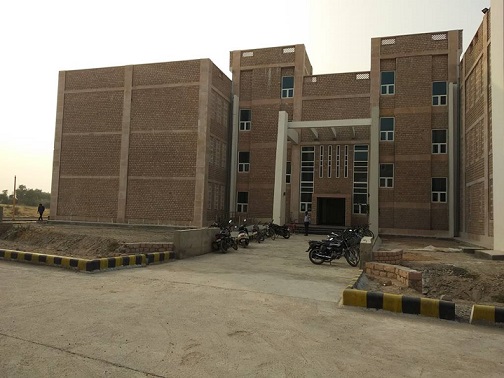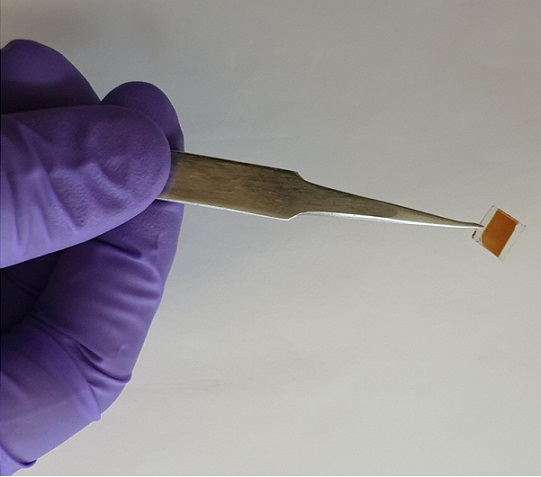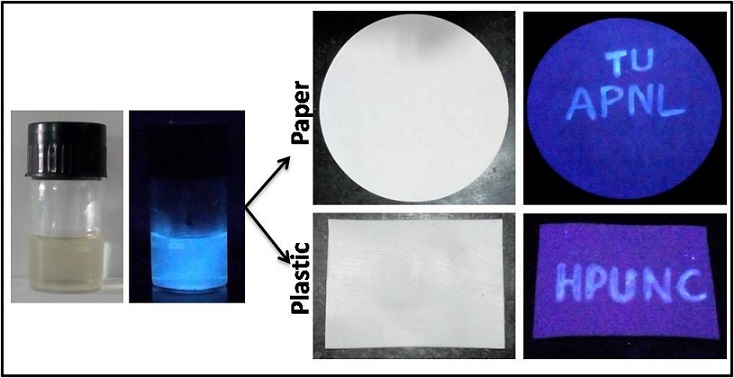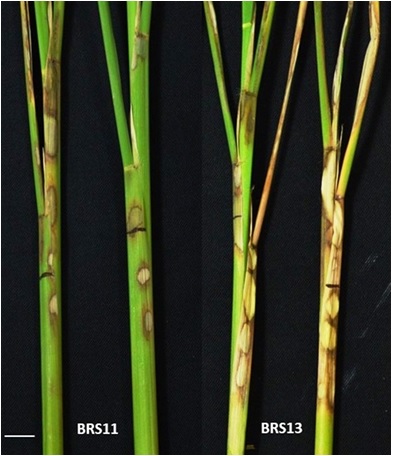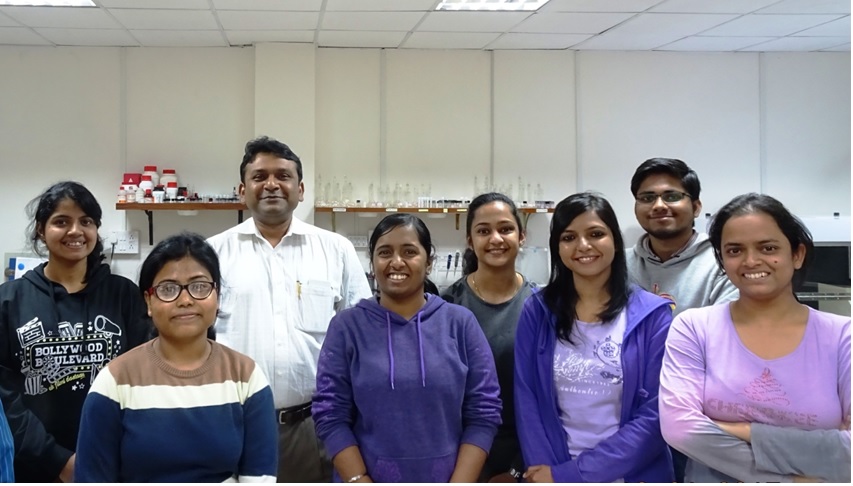
Dr Rabibrata Mukherjee with his team of researchers at IIT-Kharagpur
A team of researchers at the Indian Institute of Technology-Kharagpur has fabricated a new sensor for detection of nitrogen oxides - a major cause of pollution.
The sensor canoperate at room temperature and under ambient light. Tests performed under dark and illuminated conditions indicate that it has high sensitivity and could detect particulate matter as low as one part per million. Nitrogen oxides areemitted by automobile vehicles and thermal power plants and are toxic.
Conventional sensors employ metal oxides such as zinc oxide to monitor and measure Noxlevels. Nitrogen oxides react with metal oxidesand decrease the free conducting electrons in them, thereby increasing their electric resistance.The change in resistance gives a measure of nitrogen oxides levels.But conventional sensors can operate only at high temperatures and under ultraviolet light. These conditions are necessary for replenishing lost conducting electrons.
" We employed a new technique and developed an organised, one-dimensional zinc oxide structure to enhance gas sensing performance at room temperature by trapping low-intensity white light. "
In the new sensor, researchers have sought to overcome the problem by developing zinc oxide nanostructures“We employed a new technique and developed an organised, one-dimensional zinc oxide structure to enhance gas sensing performance at room temperature by trapping low-intensity white light. We coated the nanorod with gold nanoparticles which extended the absorption wavelength further toward the visible region,” explained Dr. PoulomiChakrabarty of the research team while speaking to India Science Wire.
The researchers first deposited a seed layer of a thin film of zinc oxide. On top of this,an ordered monolayer of polystyrene colloids was placed to form the substrate and over thiszinc oxide nanorods were grown. Structural analysis of the zinc oxide-nanorod template revealed that there were substantial accessible areas within the structure for the nitrogen gas molecules to react as well as sufficient pockets to trap ambient light.`Localised surface plasmon resonance’was introduced into nanorods by coating them with gold nanoparticles to boost interaction between free electrons in metal nanoparticles under incident light, thereby enhancing the sensor’s performance.
Dr.Rabibrata Mukherjee, Professor at IIT Kharagpur, and lead researcher of the study, said, “Our sensor shows improved gas sensing compared to existing sensors. Scaling up of the process for bulk fabrication needs to be worked out carefully, although our novel technique has partially circumvented this problem.”
Besides Rabibrata Mukherjee and PoulomiChakrabarty, the team included MenekaBanik, NarendarGogurla, SumitaSantra andSamit K. Ray. The results were published in journal ACSOmega.
India Science Wire




